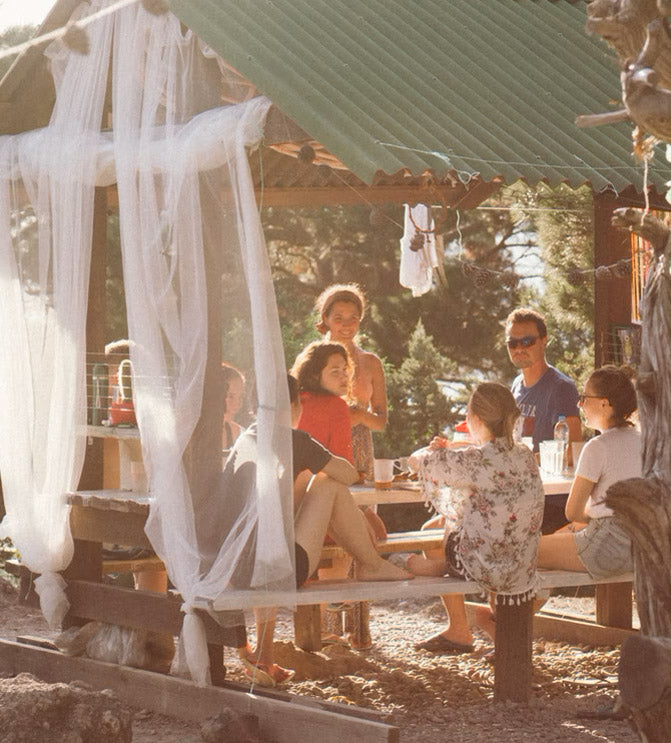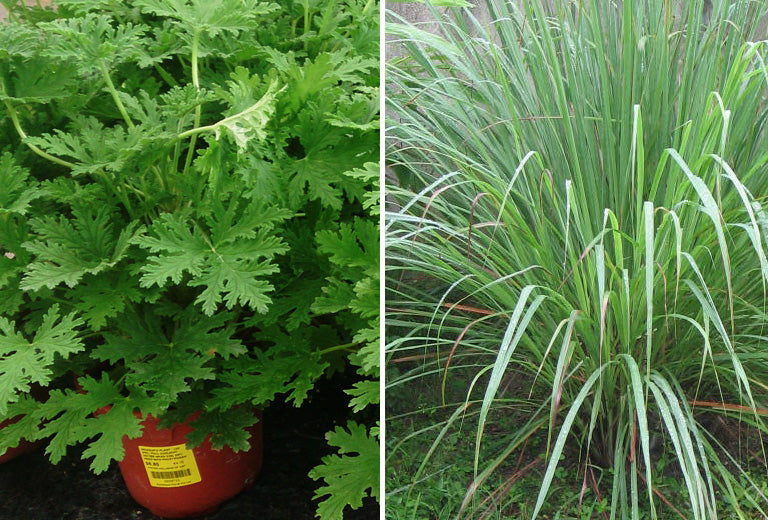If you’ve purchased one of our Best Carpenter Bee Traps, you might have wondered why we designed it to be made from pine. Why not, for instance, something sturdier, or a wood with an attractive, more pronounced grain, like oak, fir or ash? The answer is quite simple: carpenter bees are lazy.

Despite what their feverish activity in the early months of spring would lead you to believe, carpenter bees are not the most motivated home builders. When it comes to searching for the perfect nest, they take a very laissez-faire approach to the whole thing. If at all possible, carpenter bees prefer to move into an abandoned nest that some other carpenter bee family previously built than to have to make a new one from scratch. (Sheesh, it’s a lot of work!) Barring that possibility, if a carpenter bee is forced to build a new nesting site, it’s a safe bet to assume that they’re going to seek out the path of least resistance.
Enter the Best Carpenter Bee Trap.
Because our trap is made of a very soft pine, it is naturally appealing to the work-shy carpenter bee who’s looking to expend as little energy as possible in this DIY construction business. Moreover, not only is the exterior of our trap very soft and easy for a carpenter bee to bore into, it also comes with a predrilled entrance, a veritable carpenter bee front door. The combination of these two factors means that in the absence of pre-existing nests, our Best Carpenter Bee Traps are akin to a springtime stay at a five-star luxury hotel, free of charge. But there’s a caveat…
In order to solidify the top spot in the carpenter bee residency pecking order, and thereby ensure that carpenter bees are frequenting your trap, it’s critical that you take note of and remove or plug any existing carpenter bee nests. Our Wooden Corks are a fast, simple and safe way to get this done. If you’ve already been visited by carpenter bees, this process can be as easy as waiting and watching to see what areas the bees frequent the most. When the activity calms down or you notice a lull in the action, simply grab your ladder or step stool and plug those holes. If you notice bee activity but aren’t getting visitors to your trap just yet, use a dead carpenter bee as bait to attract bees to your trap.
On the other hand, if you’re getting a jump start on the bee season (go, you!) and haven’t noticed any carpenter bees yet, placing the traps in visible but sheltered locations (e.g., eaves and corners) works well. Be sure to try our natural and effective Bee-Licious Bee Bait to lure carpenter bees to your new trap! For more tips on how to get the most out of your Best Carpenter Bee Trap, check out our article about trap placement.
Video: Tips & Tricks to Help Set Up Your Carpenter Bee Trap









Leave a comment
All comments are moderated before being published.
This site is protected by hCaptcha and the hCaptcha Privacy Policy and Terms of Service apply.